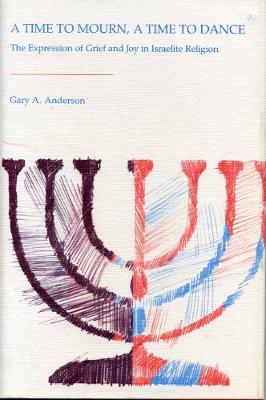Anthropologists have long known that different cultures give expression to their symbol systems through external mediums such as food and clothing, but they have not recognized as readily that cultures also mold emotional life to fit particular patterns of meaning. This prejudice against the role of behaviors in shaping the emotional and cognitive life is especially strong in the study of religion. Gary Anderson's study reveals that, in the Israelite culture (and later, the Jewish culture), mourning and joy as emotional experiences have visible behavioral components for both the individual and the community at large. The best evidence of this can be found in rabbinical texts that prescribe behaviors appropriate to joy and determine when this ritual state supersedes that of mourning. For example, on religious feast days, mourning is forbidden and joy is prescribed. Mourning cannot resume until after the festival. The terms "mourning" and "joy" so employed do not refer to simple emotional states, but rather constitute a discrete set of ritual behaviors. In fact, the types of discrete behaviors that constitute joy (eating, drinking, festal song, anointing with oil, festive attire, sexual relations) all have exact anti-types in the ritual of mourning (fasting, dirges, putting ashes on the head, rending one's garments or putting on sackcloth, sexual continence). Anderson shows that it is not only the rabbinical texts that use the terms "mourning" and "joy" in this way; rabbinic tradition is simply heir to a much older tradition, as witnessed in biblical and other ancient Near Eastern narratives such as the Gilgamesh Epic.
- ISBN10 027100729X
- ISBN13 9780271007298
- Publish Date 19 June 1991
- Publish Status Out of Print
- Out of Print 12 September 2009
- Publish Country US
- Imprint Pennsylvania State University Press
- Format Hardcover
- Pages 158
- Language English
